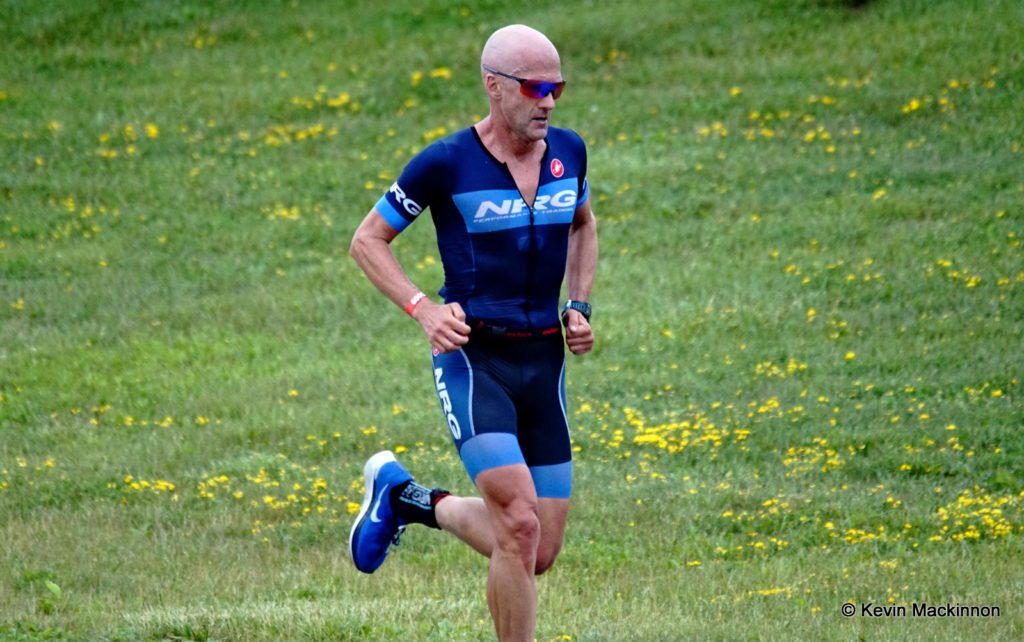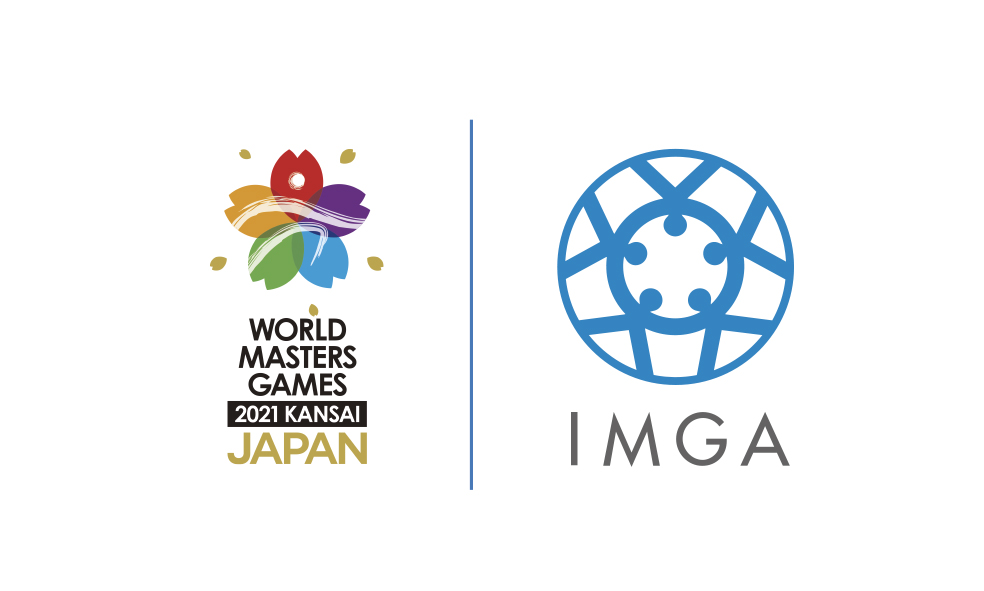Tips from an elite racer and coach that will help masters triathletes improve their run splits.
Using tricks he’s learned as an elite triathlete and years of coaching, Nigel Gray offers some tips to get the most out of your run training.
As we age, we start to see our performances drop, but there are a number of things that we can do to maintain fitness for longer. There are also more training challenges as we get older and, now that I am competing in the 45 to 49 category, I have had to face more challenges with my run in the last four years than I had in the first 20 years of my triathlon career. Here are a few key things that I have learned through both my coaching and my own experience:
Everyone is different
Everyone responds differently to training, so one set plan won’t work for all. You need to be able to step back and look at what has worked for you. Do you respond better to running more frequently, or do you need days off the run in order to stay healthy? Being a good runner off the bike at a full-distance race is about being durable and able to handle the pounding that comes with a marathon after a six- to 10-hour “warm up.”
Frequency
Run frequency and consistency is the biggest benefit to your run performance over time. Being able to run three to six (or more) times a week, and doing that week after week, month after month, makes a huge difference to your run fitness and durability. One trick that can work well is to do double runs: split up a long run into two sessions, one in the morning, one in the evening, which can help reduce some of the pounding from a long effort and allows you to add more volume and frequency to your run training, but with a lower risk of injury.
Speed work
Doing some fast running is a key part of maintaining fitness and performance as you age. Your VO2 Max (the maximal amount of oxygen you can take into your system) starts to decline as you age. Harder running is key to offsetting this process, but, at the same time, it’s important to be aware of the injury risks of harder running and doing what you can to mitigate them. Plan your intense run workouts ahead of your hard bike workouts. This allows you to run on fresher legs and helps reduce the injury risk.

Vary your intensity
Most athletes run at the same intensity for almost all of their runs. Every run is within 15 seconds/km. To get the most out of your speed work, you need to learn to run slow. If you do all your running in either zone three or four, you will be too tired to do the quality work in zone five. To be able to do those quality efforts, you need to be able to back off and run easy (zone one) so you can run hard when you need to. If you try to add those hard intervals on top of doing your other runs too hard, you will quickly get injured or overtrained.
Injuries
As you age injuries tend become more common. Dealing with, and preventing them, can be critical to your success. The best way to deal with injuries is to prevent them. What this means can vary significantly from athlete to athlete, but making sure you have a balanced training plan that your body can handle is one of the first steps. Most often getting hurt is a sign that you are doing too much. Stretching, strength training, core work, manual therapy and massage can all help keep you healthy. Having a healthy, well-balanced diet is also key – make sure you’re getting in enough healthy fats and protein to go along with the complex carbs. One of the biggest factors that can help with injury and recovery is sleep. Triathletes are famous for looking for the newest toy, or workout or supplement that will make them faster, but the real secret is sleep.
Running Races
The off season can be a great time to put in some run focus and to do some run-only races. But, if your goal is to run a good marathon off the bike in an Ironman, you are best to skip racing a marathon. You will be better to focus on 10 km to half-marathon events. These distances help work on your speed and are much easier to recover from. Running a marathon is not at all like running a marathon off the bike, so it doesn’t have a performance benefit to your Ironman run.
Don’t forget the Bike
The bike is always a key part to having a good run in an Ironman. You need to be fit on the bike, then pace and fuel yourself properly on the bike in order to run to your potential. Many athletes fall into the trap of thinking that when they struggle in the marathon at an Ironman that it’s a problem with their run, while in many cases the problem is with their bike execution.
Nigel Gray is the head coach at NRG Performance Training. He finished Ironman Mont-Tremblant in 9:13 at age 45. This story appeared in the November, 2016 issue of Triathlon Magazine Canada.
Article first published by Triathlon Magazine on 20th January 2020.
If you’re interested in competing at any of up-coming Masters Games events, click here for more information.




